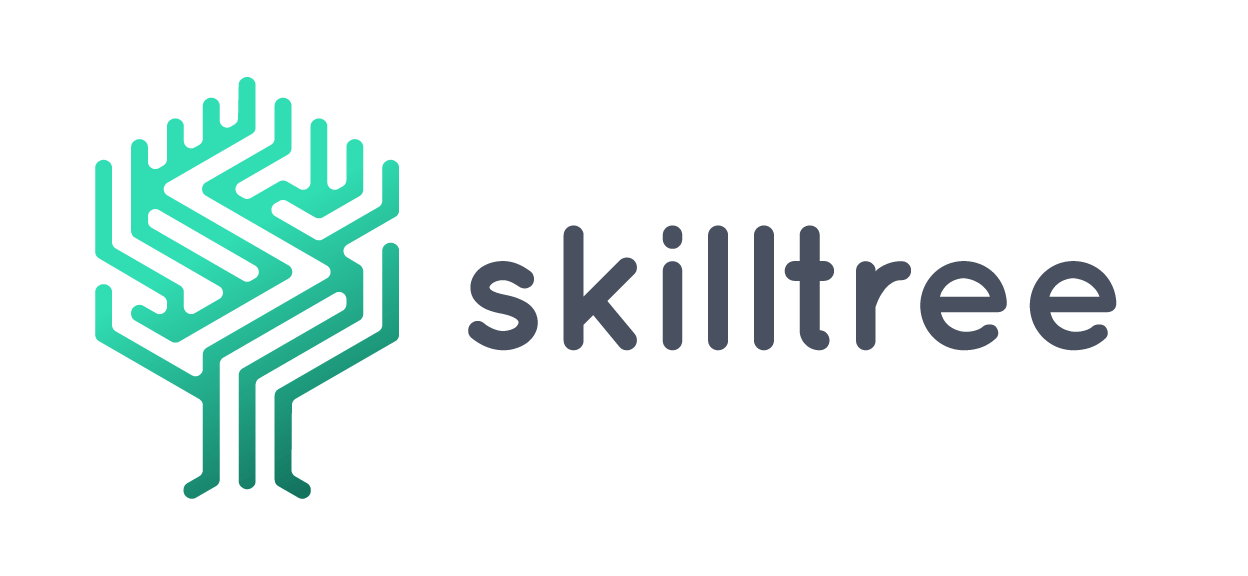The skills and experience of employees can and often should change over time. Internal training measures, new experience and external training are just a few examples of reasons why the qualifications of employees can change. Therefore, the use of a skill gap analysis is advisable to identify changes and resulting gaps in time.
In order to identify development steps or possible qualification gaps, it is necessary to compare target and actual competencies, i.e. the competence gaps.
Definition Target-Actual Comparison / Skill Gap Analysis
The target/actual comparison, also called skill gap analysis, is an analysis used in HR to identify skill gaps in employees’ qualifications.
Such a skill gap analysis is an essential part of strategic human resource development. Any competence gaps that are identified can be used in further training or career management measures.
The meanings of the terms skill matrix and skill gap analysis are often mixed together. A skills matrix usually only represents the current state of employees’ qualifications. These are presented in tabular form. When a skill matrix is juxtaposed with data that reflects the skills employees need, it is referred to as a skills gap analysis.
Application for Skill Gap Analysis
- Succession Planning: To find out which employees have the potential to become a successor for a key position, a competency comparison is required.
- Career management: an assessment of employees’ skill qualifications is necessary to conduct career management. A target-performance comparison can show employees what development is still necessary to qualify for new company positions.
- Training and continuing education: The target-actual analysis provides insights into the training and further education requirements in the company. In order to be able to work cost-efficiently and in a structured manner, filter functions according to departments or locations help. Thus, there is the possibility to precisely determine the need for training.
- Optimization of job profiles: The skill gaps found with the skill gap analysis can be used in the creation of new job profiles. In this way, these competence gaps can be compensated in the event of future reoccupations.
- Strategic talent management: Extensive skill gap analyses make it possible to compare individual team members as well as employees in a department. Thus, individual talents of those organizational units can be easily identified and consequently promoted.
- Project management: To find out which project team members still have knowledge or experience gaps, a competence gap analysis can be applied. Thus, project teams can be assembled or promoted based on the skill requirements of a project.
- Certification requirements: Certificate management requires the reconciliation of target/actual comparisons.
- Performance comparison: Which department or which manager manages to successfully support his team in personnel development. Performance comparisons regarding departments and teams are made possible.
Process of a target-actual comparison
In order to carry out a target/actual comparison, various aspects usually need to be considered and implemented. In the following, individual process steps are defined which make a target-oriented skills gap analysis possible.

1. Define competencies
The first step requires the definition of competence and its gradations. A competency concept should be applied that best captures the skills, experience and knowledge available in the organization. When defining the competencies, it should already be taken into account which skills could be of great importance for the company in the future; e.g. for strategic or operational reasons.
2. Create target profiles
In a further step, job profiles should be defined based on the skills. Those target requirements describe the necessary qualifications that an employee needs to perform his/her job.
3. Collect competence data
Once competencies and job profiles have been defined, data must be collected from employees. Here, a distinction can be made between three different approaches:
- Third-party management. Managers, or HR managers in particular, manage the competency record and evaluate the status of each individual employee.
- Self-Managed Systems. Employees receive their own profiles, which they can manage themselves. Thus, employees decide whether they have a qualification or not.
- Hybrid approach. Both employees and managers can manage the competence record of individuals. Both employees and managers can manage the competence record of individuals comprehensible.
4. Who should be allowed to do skill gap analyses?
An important question that should be clarified is which employees or which organizational roles are allowed to perform a skills gap analysis. In many organizations, it makes sense that managers perform a skills gap analysis. On the other hand, some organizations view HR as solely responsible.
Software solutions such as Skilltree also allow employees to be invited into individual skill gap matrices. Thus, individual target-actual matrices can be created for different occasions and target groups. Employees can then be given permission to either edit the matrix themselves or just study it.
5. Which parameters are to be compared.
In order to gain meaningful insights with a skill gap analysis, it is necessary to determine which paraments are analysed. Thus, team members or individual employees from different departments can be compared with each other. A target-performance comparison can be carried out very differently. It is important to know what the goal of the skills gap analysis is and to ensure that the technical solution supports these forms of analysis.
6. Set actions
After going through a skill gap analysis with the parameters set, actions should be planned. For example training should be arranged to close the skills gaps. For suggested actions, see applications above.
7. Add new competence
A target-actual analysis can also lead to new or missing competences being added to the competence caterlog. If it turns out that the competence comparison for certain job profiles is not clear enough, then additional competences as well as target requirements are often needed.
